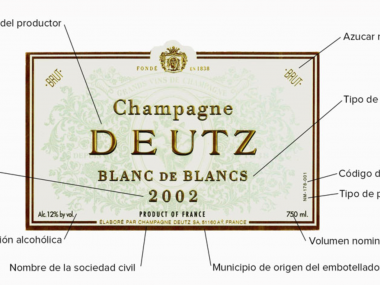How long a wine can last is not an exact science. However, there are four traits that can help us determine which wines are suitable for ageing well. These are: High acidity, tannin structure, low alcohol and residual sugar.
1. High Acidity
Wines with higher acidity tend to last longer. As a wine ages it slowly loses its acids and flattens out. Thus, a wine with higher acidity will have a longer journey in its aging process.
2. Structure of the tannins
Red wines with higher tannins tend to age better than red wines with lower tannins. Tannins come either from contact with the pips and skins of the grapes during winemaking, or from contact with wood when aging in oak barrels.
A wine with tannins that have a good balance between the tannin it absorbs from the grapes and that which comes from the wood will tend to soften slowly over time as the tannins decompose. Although tannins can help a wine age well, if the wine is not well balanced at first, it will not improve over time.
As for long-life white wines, they do not need the tannins to age well.
3. Low alcohol level
As a general rule, the lower the alcohol level in an unfortified wine – that is, in most dry red and white wines – the longer it will last. This is because alcohol is volatile in unfortified wines and makes the wine turn into vinegar more quickly.
What do we mean by a low level of alcohol? When you go to buy your wine, check that it has an alcohol content of less than 13.5%. As we said at the beginning, fortified wines are the great exception to this rule, as they are among the longest lasting and have a percentage of between 17 and 20%.
4. Residual sugar
This component of a wine is often totally overlooked, due to the popularity of dry aged wines. However, the truth is that the longer-lived wines tend to be sweet wines, including Porto, Sherry, Sauternes and Riesling.






